What can the human hands achieve? For Thai traditional massagers, the hands can navigate vital points of the body, curing ailments and reviving strength. For musicians, the hands can manipulate instruments, producing melodies that bring tears and joy to audiences. For artists and craftsmen, however, the hands are the greatest of all tools. With their hands, they trudge through hard work and labor to hone their skills. With their hands, they take upon the materials of the world, creating beauty beyond imagination.
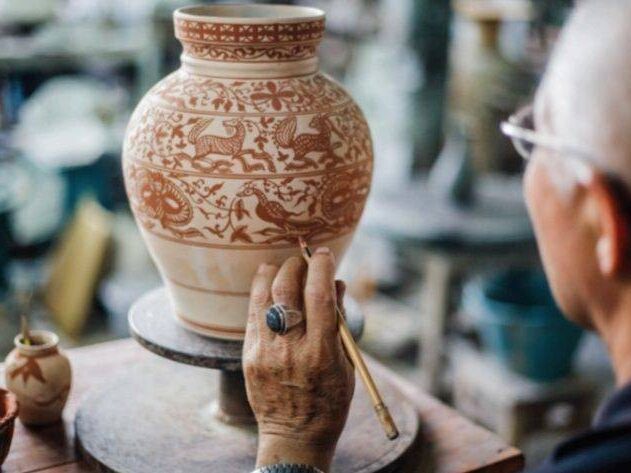
Photo credit: Prachachat
While art draws its charm from expressions of emotion and imagination, the beauty of craftsmanship is born from skill and function. In Thai, several terms for craftworks reflect this intimate relationship with the hands: ngan fee mue (งานฝีมือ), meaning “works of the hands”; hatthakam (หัตถกรรม), meaning “handworks”; and hatthasilp (หัตถศิลป์), meaning “the art of the hands.” All point to the deep connection between creation and the hands that shape it.
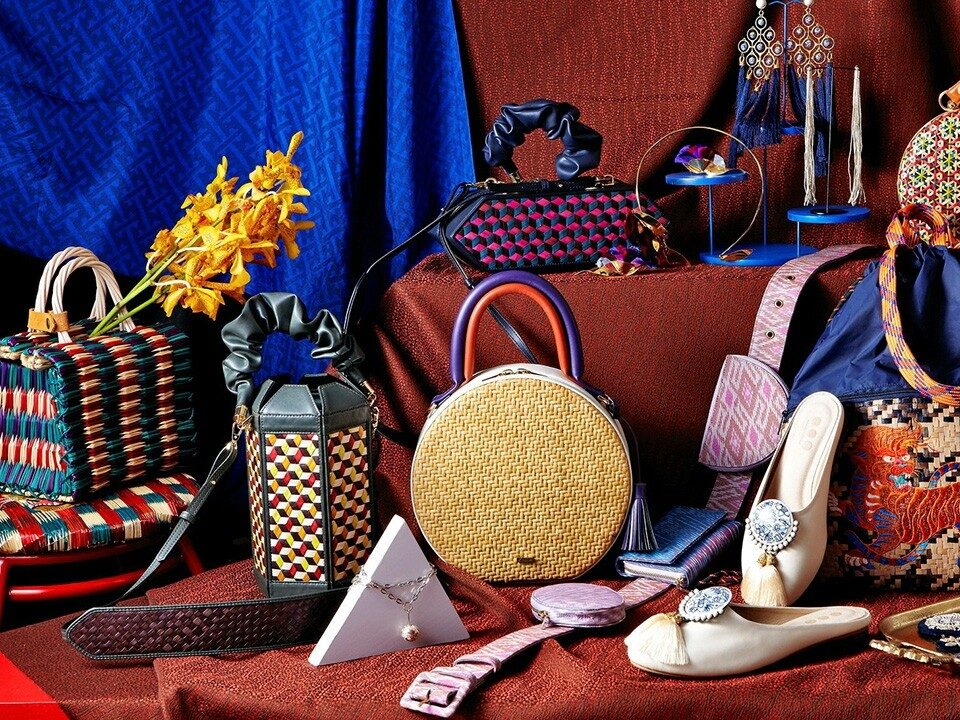
Photo credit: Thairath Online
Thai craftsmanship has its roots in the practical knowledge of creating tools. These include the skills for molding clay into pots, melting iron into farming equipment, and carving woods into building materials, among others. Over generations, as skills were refined and perfected, functionality evolved into beauty. What once served necessity now also delighted the eye. Eventually, the mastery of working with natural materials gave rise to creations where function and aesthetics merge seamlessly, turning craftsmanship into art in its own right.
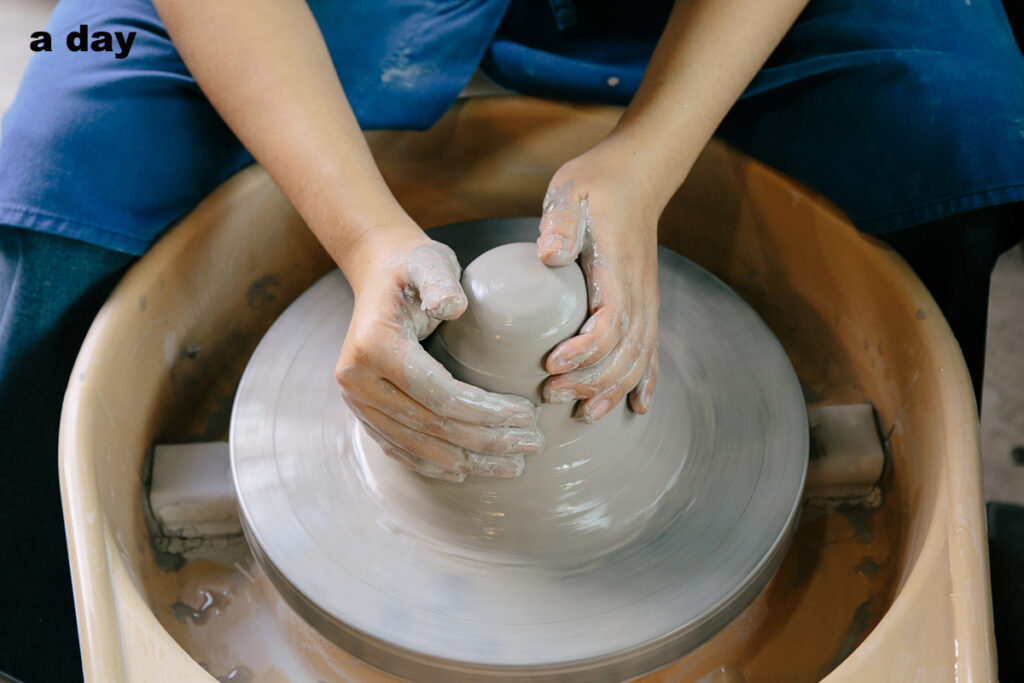
Photo credit: a day
Detailedness and Gracefulness
To understand Thai craftsmanship, one must first appreciate the most important concept of this artform: “la-iad orn” (ละเอียดอ่อน). Translating to “detailed and gentle,” la-iad orn not only captures the defining characteristic of Thai craftworks, but also the spirit of Thai people.
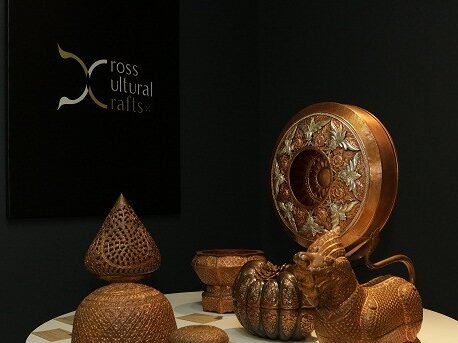
Photo credit: Brandage
“Detailed” reflects attentiveness to the finer points of life, whether it be an acute sensitivity to emotions, an appreciation for the subtleties of nature, or mindfulness towards the feelings of others. In art and craft, this quality is expressed through the creation of intricate works that are beautiful both from afar and up close, revealing layers of refined detail upon closer inspection. “Gentle” speaks to a preference for kindness, compassion, and the desire to bring happiness to others. In craftsmanship, this translates into works that not only impress with their beauty but also uplift the heart, offering a sense of joy to those who encounter them.

Photo credit: SACIT

Photo credit: Marketeeronline
The Thai people’s deep reverence for nature may have partly contributed to this spirit. Observing nature closely, they gained profound understanding of its materials and rhythms. Instead of seeking to dominate, they learned to work with nature, molding clay into pots, weaving bamboo into baskets, and crafting many other tools essential for life. As their skills evolved, functionality gave way to beauty, with everyday objects adorned by motifs inspired by blooming flowers, twirling vines, and singing birds.
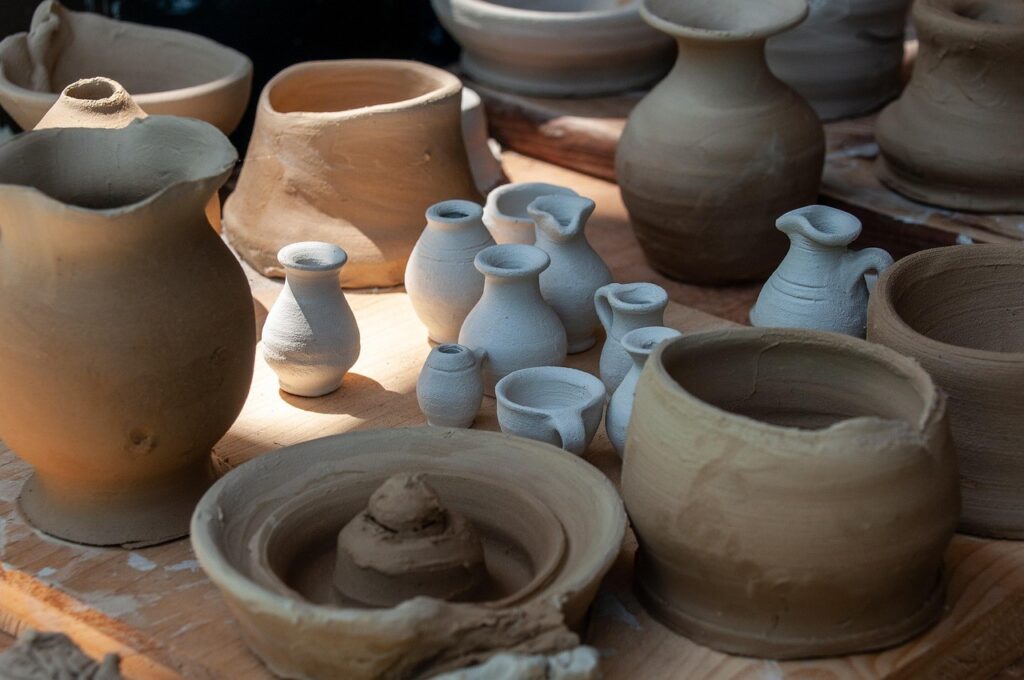
Photo credit: Pixabay
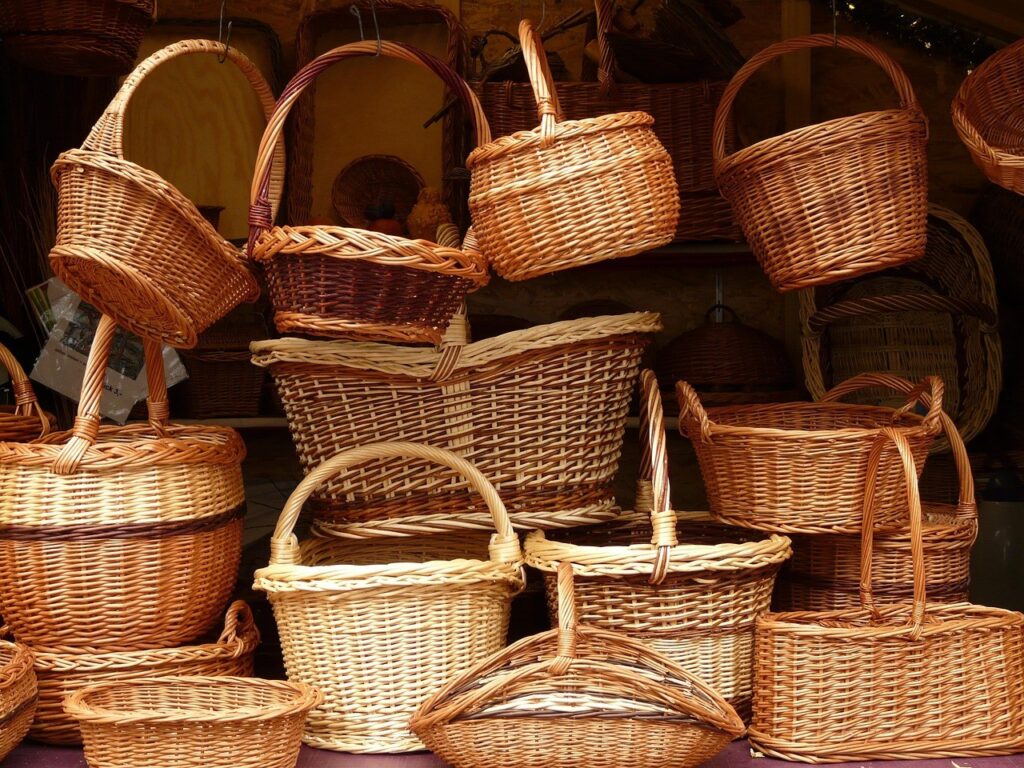
Photo credit: Pixabay
Over generations, these techniques were passed down from mothers to daughters, fathers to sons, and masters to students. Through the ritual of wai khru, craftsmen honor their teachers, preserving an unbroken lineage of knowledge and respect.

Photo credit: RMUTR
In this way, the ordinary human hand was transformed into an instrument capable of creating works of extraordinary grace and precision. Thus, Thai craftsmanship is more than just a trade: it is a proud living heritage, born from the union of skill, reverence for nature, and the enduring spirit of la-iad orn.
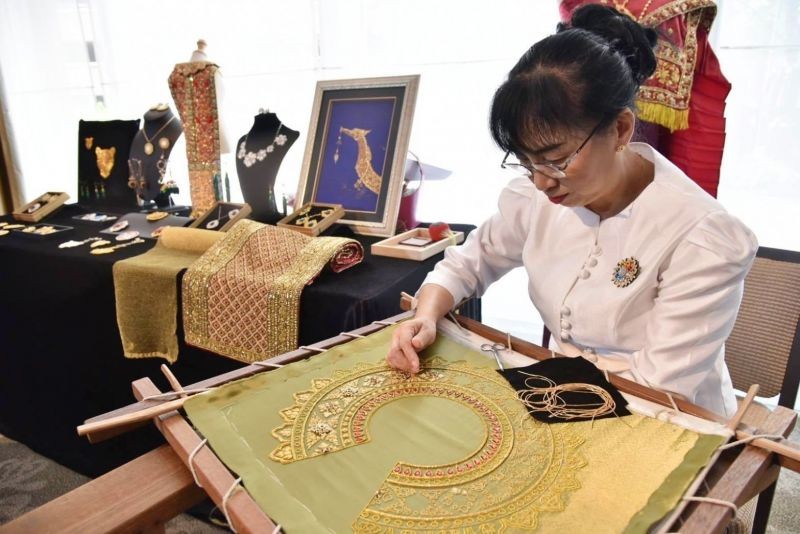
Photo credit: khaophuket
From Chang Sip Moo to Modern Times
There are countless types of Thai craftsmanship, each requiring its own set of specialized skills. When discussing the history of Thai craftsmanship, one concept often brought up is Chang Sip Moo (ช่างสิบหมู่). In ancient times, craftsmanship was commonly divided under this umbrella term, referring to the “Ten Divisions of Craftsmen,” accounting for the craft divisions under the employment of the Thai (Siamese) royal court.

Photo credit: Nation Photo
The traditional Chang Sip Moo included:
1.Drawing (Chang Khian – ช่างเขียน)
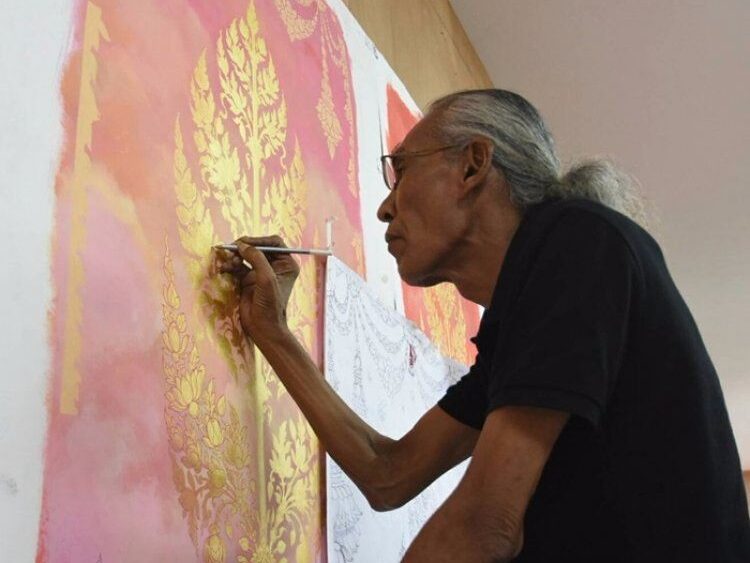
Photo credit: writer.dek-d.
2. Sculpting (Chang Pan – ช่างปั้น)
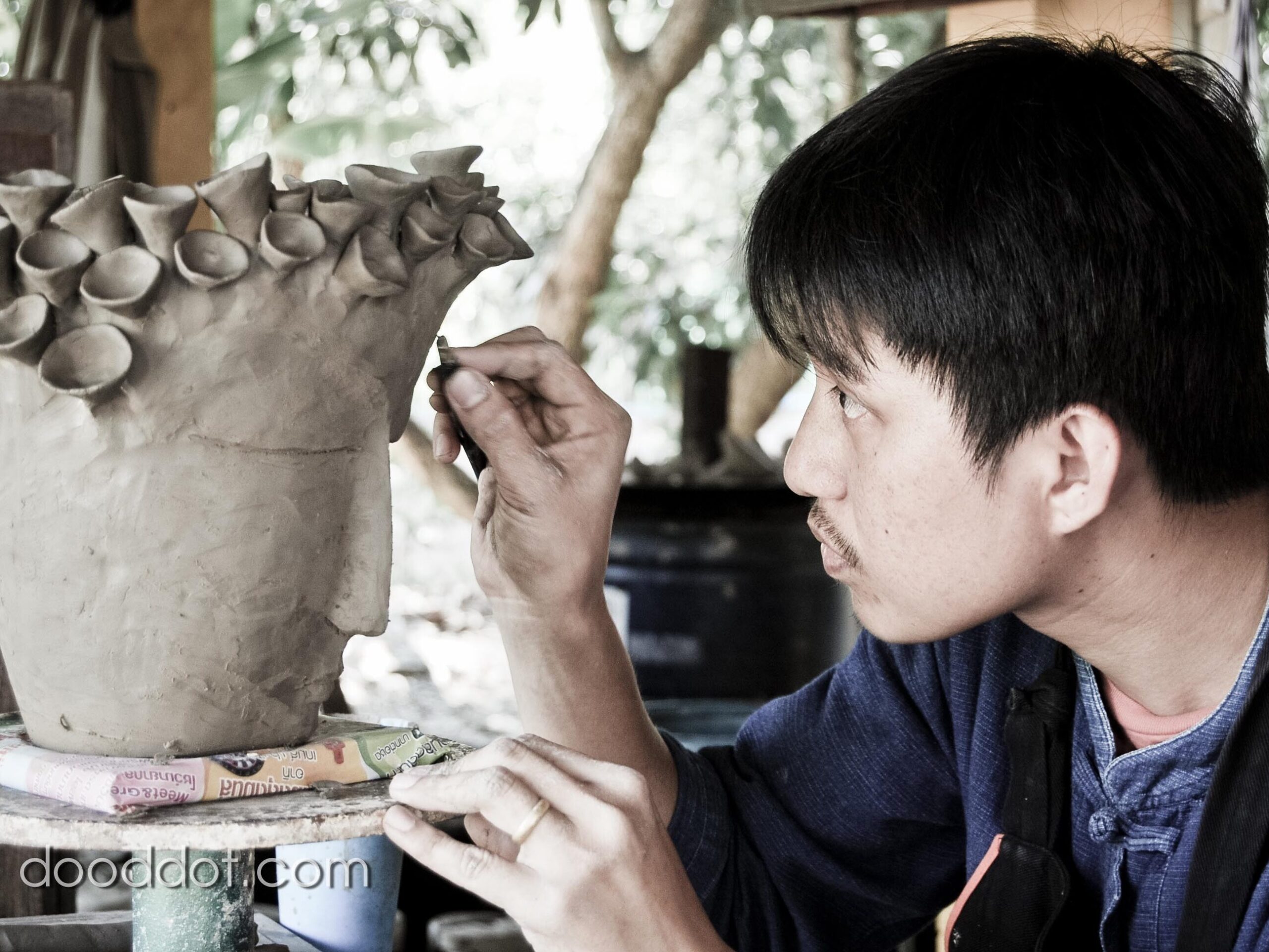
Photo credit: Dootdot
3. Carving (Chang Kae – ช่างแกะ)
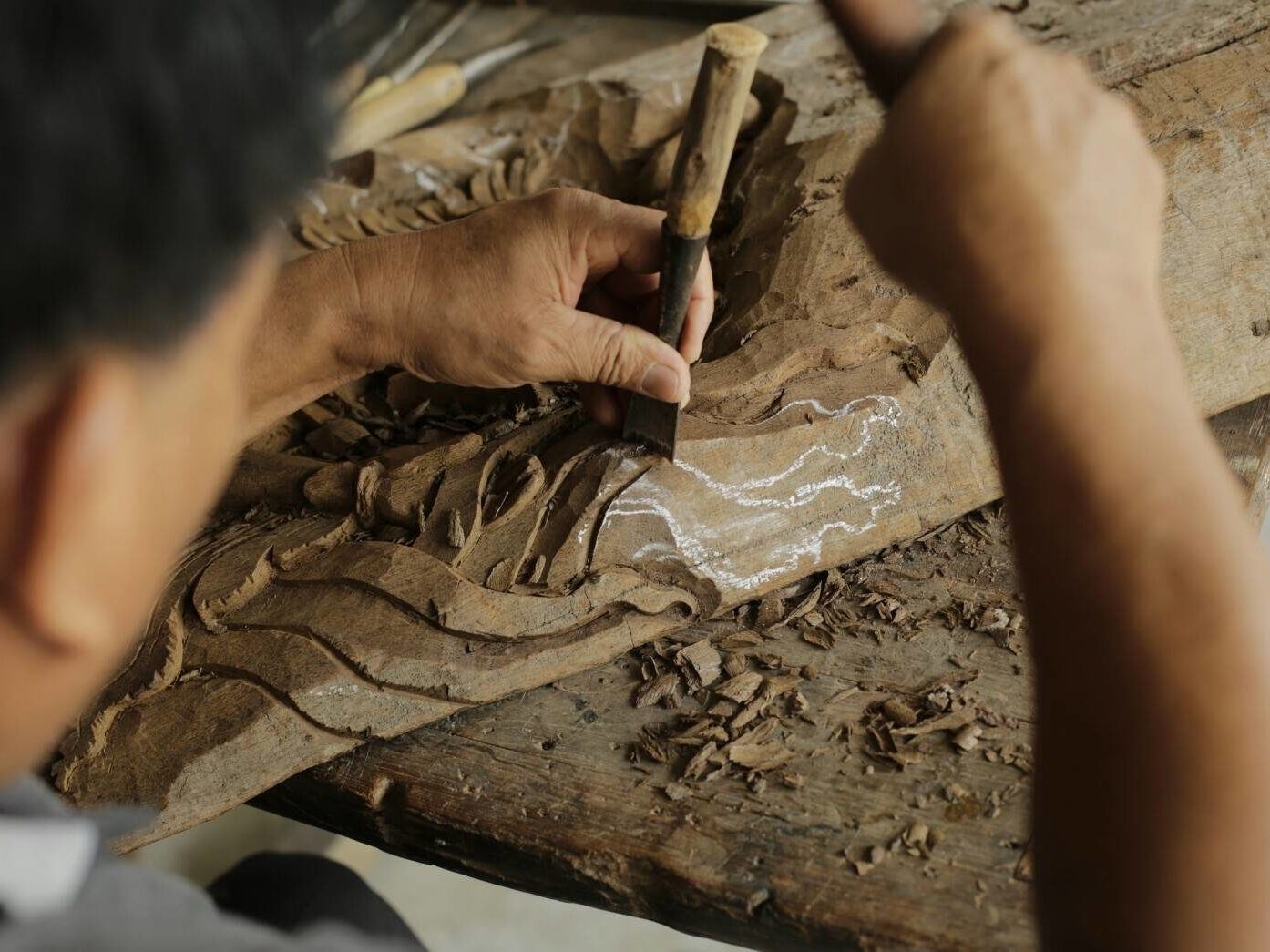
Photo credit: Matichon
4. Engraving (Chang Salak – ช่างสลัก)
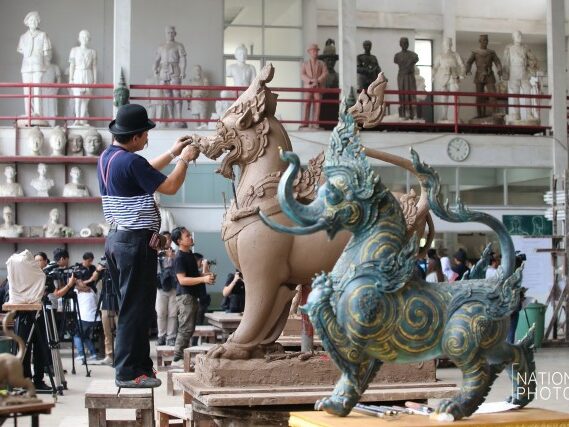
Photo credit: Nation Photo
5. Casting (Chang Lor – ช่างหล่อ)
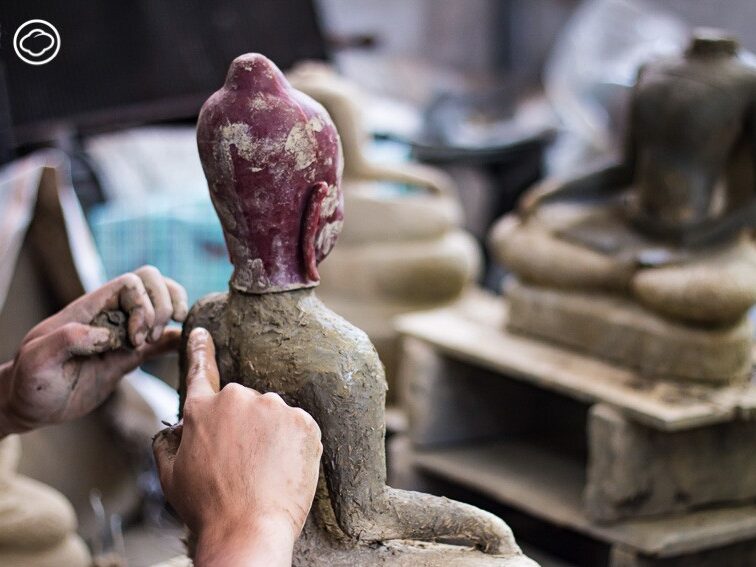
Photo credit: The Cloud
6. Lathing (Chang Klueang – ช่างกลึง)
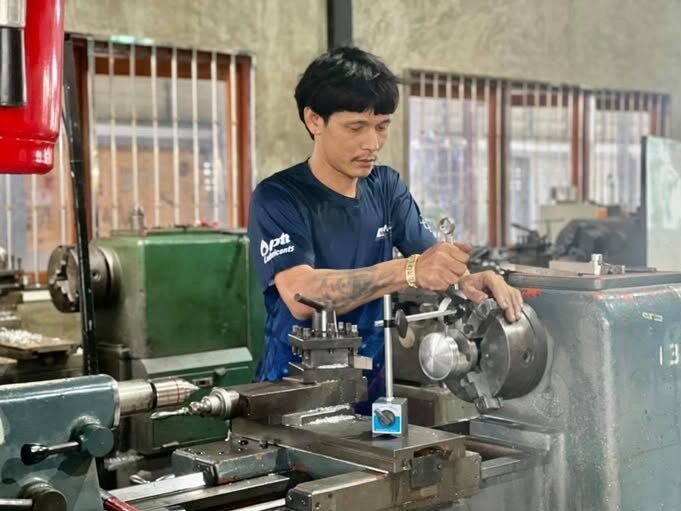
Photo credit: Facebook

Photo credit: Praditsindee
7. Figure-making (Chang Hun – ช่างหุ่น)
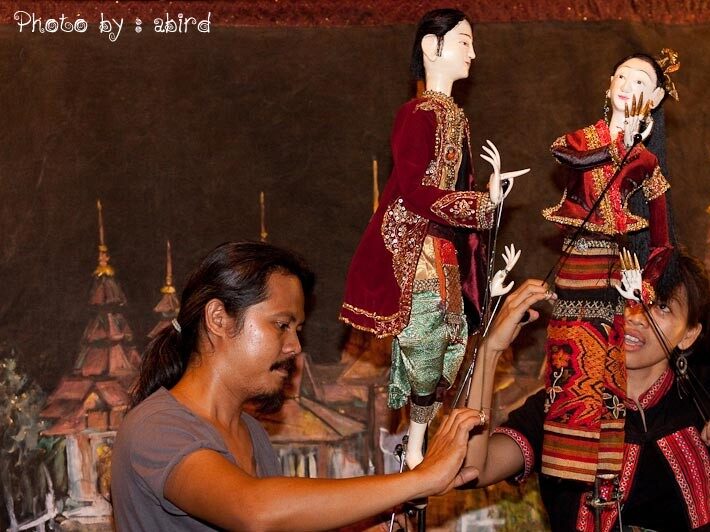
Photo credit: abird
8. Lacquering (Chang Rak – ช่างรัก)
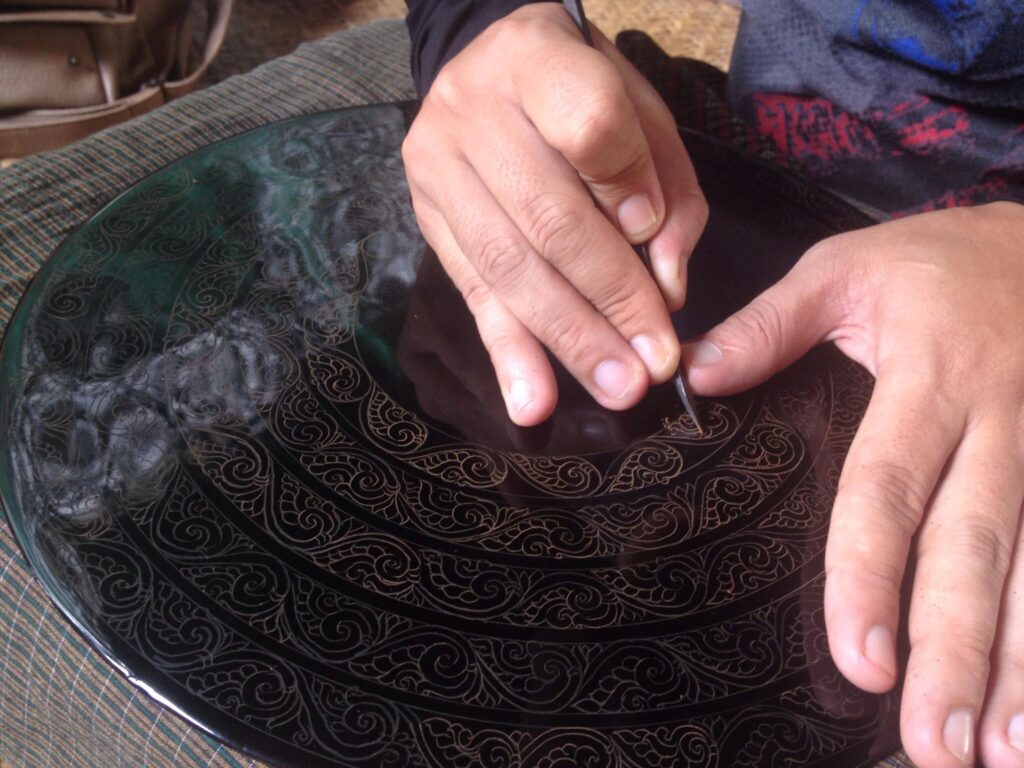
Photo credit: Facebook
9. Padding and Upholstery (Chang Bu – ช่างบุ)

Photo credit: Facebook
10. Mortar Work (Chang Poon – ช่างปูน)
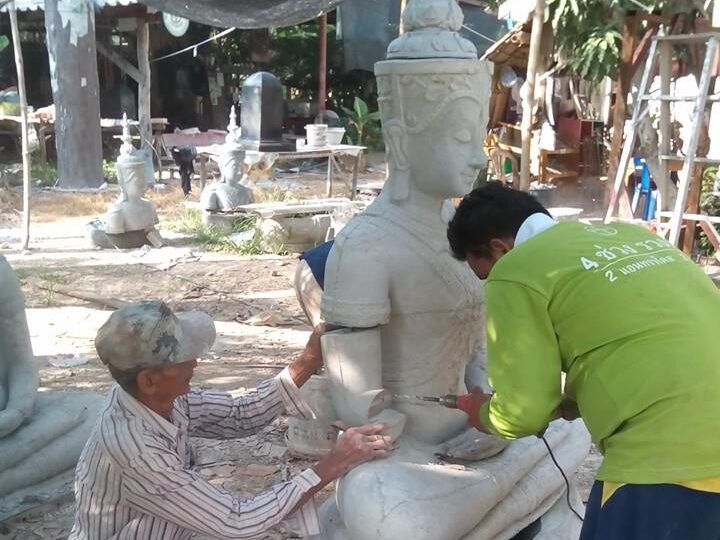
Photo credit: Facebook
However, we can see that there are often overlaps between these categories. Many crafts required a combination of multiple skills, making the divisions somewhat fluid in practice. Moreover, historical records further show that the divisions within the royal department of craftsmen, known as Krom Chang Sip Moo (กรมช่างสิบหมู่), sometimes contained more than ten distinct schools or specialties, depending on the needs of the court at the time.
Prince Narisara Nuwattiwong (1863–1947), a son of King Mongkut and a renowned expert on Thai arts and culture, noted that in reality, Thai craftsmanship encompassed far more than ten fields. However, the ten listed in Chang Sip Moo were considered the most essential to state functions, particularly those related to royal projects, temple construction, and ceremonial arts. Some scholars also suggest that the word sip (ten) may not literally mean “ten,” but rather comes from the Thai expression sip-sip (สิบสิบ), meaning “many” or “various.” Others propose that sip may have been a variation of silpa (ศิลปะ), meaning “art.”

Photo credit: Wikipedia
Thus, Chang Sip Moo serves as both a symbolic and practical framework for understanding the deep, intricate world of traditional Thai craftsmanship, an art form that has always been rich and diverse.
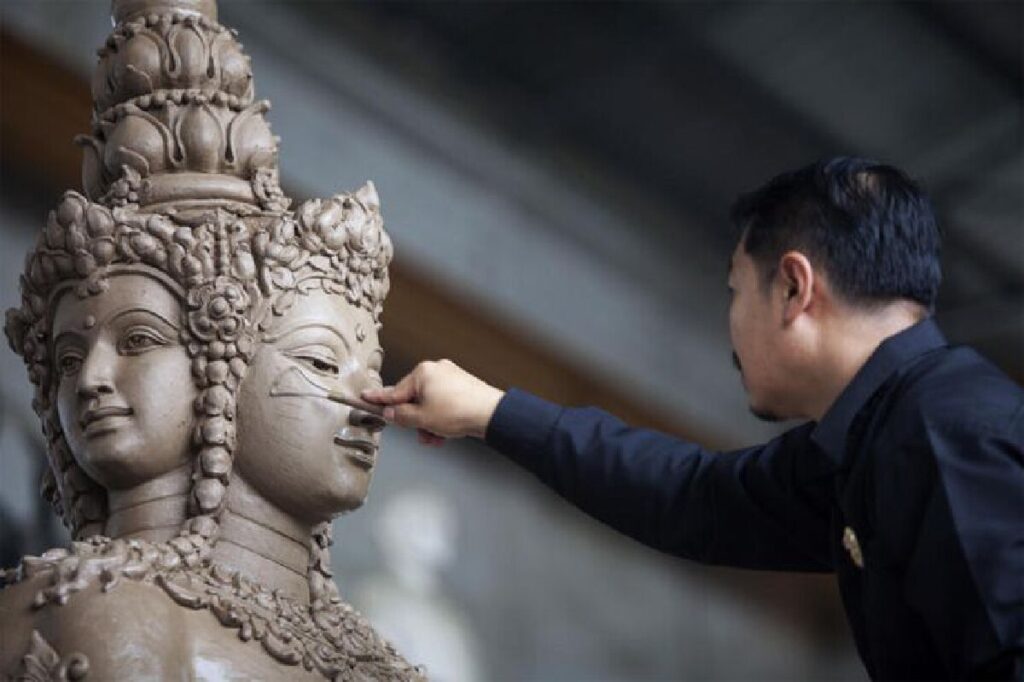
Photo Credit: Posttoday
Today, Thai craftsmanship continues to thrive, bringing income to communities and fostering a strong sense of identity among the Thai people. However, the path has not been without challenges. The rise of industrialization and mass production has led to a decline in demand for traditional handcrafted goods. In modern society, where convenience often outweighs craftsmanship, some traditional skills and knowledge have been lost, and certain crafts have faced the risk of fading into obscurity.
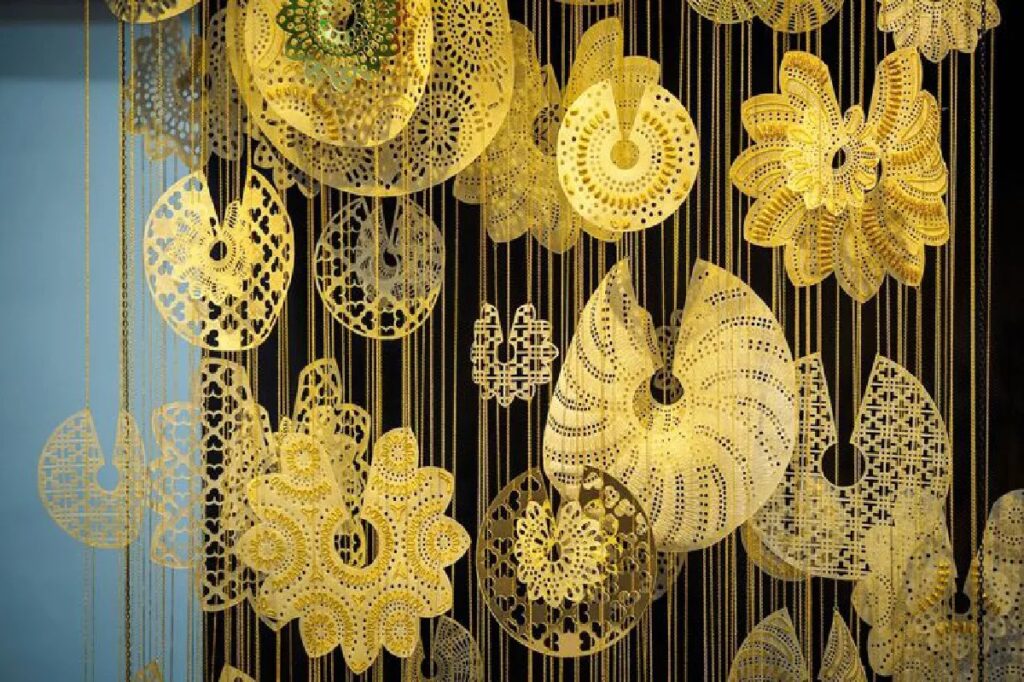
Photo Credit: Posttoday
Yet many Thai craftsmen have stood firm in preserving their art. Revival and preservation efforts have played a crucial role in keeping Thai craftsmanship alive. Government and royal initiatives have been instrumental in promoting and sustaining traditional crafts. Most notable is H.M. Queen Sirikit’s establishment of SUPPORT Foundation which trains and support traditional craftsmen.

Photo credit: Sawasdee Thailand
Organizations such as the Ministry of Culture and SACIT (Sustainable Arts and Crafts Institute of Thailand) work to protect, innovate, and promote craftsmanship on both national and international stages. In addition, local communities and individual artisans themselves have taken active roles in revitalizing traditional skills. Craft promotion through tourism, cultural heritage campaigns, and grassroots initiatives have helped breathe new life into endangered crafts.
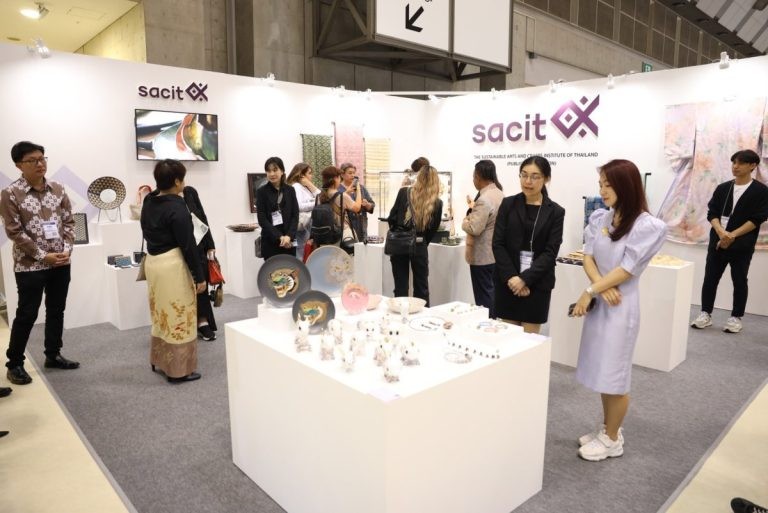
Photo credit: thaipr.net
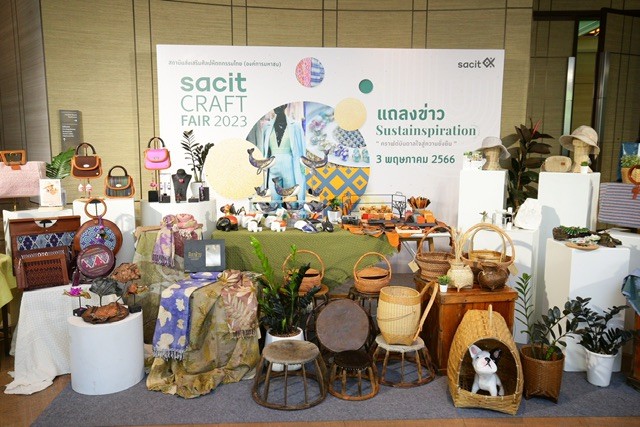
Photo credit: Wannateller
Today, Thai artisans are revitalizing traditional craftsmanship by blending ancient techniques with contemporary designs, adapting their skills to suit modern tastes while preserving their cultural roots. From fashion and jewelry to home décor and art installations, Thai crafts continue to evolve, opening new markets and captivating audiences worldwide. Products such as Thai silk and jewelry have become highly sought-after commodities, and artisans are exploring innovative directions with creations like lacquered phone cases and embroidered backpacks. Yet, even as styles shift and materials diversify, the core spirit of la-iad orn remains ever present in every piece, ensuring that Thai craftsmanship continues to honor its legacy while embracing the future.
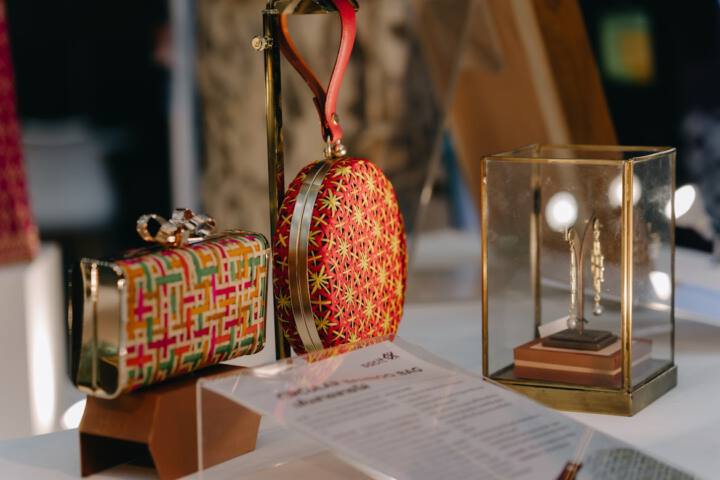
Photo credit: The Balance
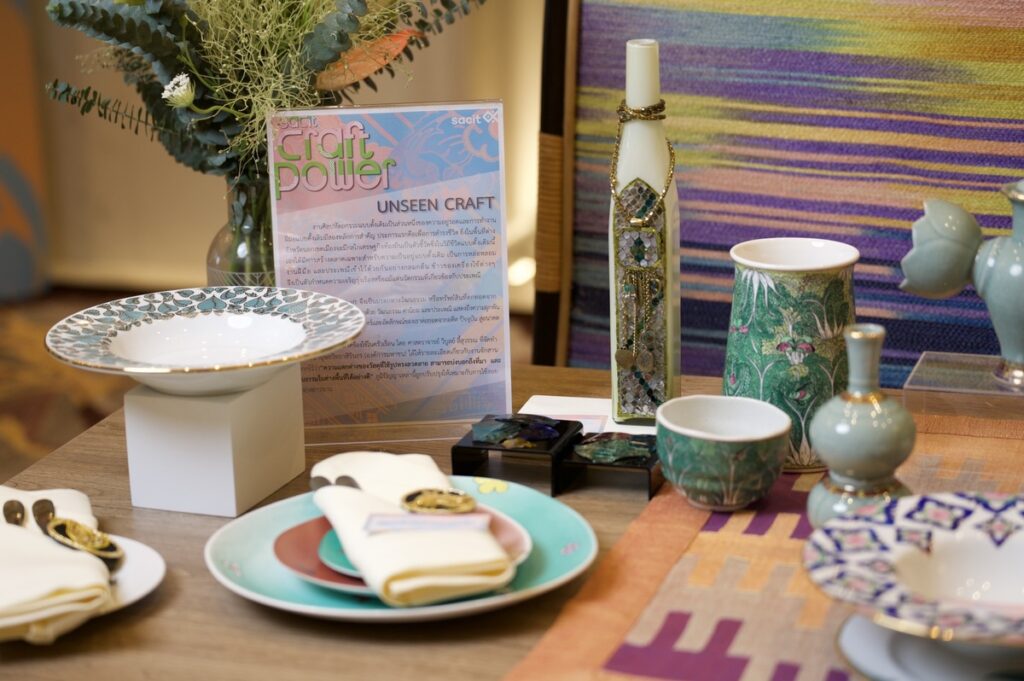
Photo credit: BCG
Categories of Thai Craftsmanship
The Thailand Foundation presents our own ten categories of craftsmanship for our readers to explore, each reflecting its own unique set of skills and traditions:
1. Fabric and Textiles
Craftsmen of this school work with fabric materials, drawing on a long and rich tradition of textile-making across Thailand. This category includes weavers, sericulturists (silk farmers), dressmakers, embroiderers, and textile painters, among others. Renowned centers of textile production, such as those in the Northeastern and Northern regions, continue to keep these traditions alive.

Photo credit: ThaiCyclopedia
2. Wickerwork
Wicker craftsmen weave wood-based materials into functional tools and decorative items. In Thai, this tradition is called ngan jak sarn (งานจักสาน), meaning “woven works.” Wickerwork encompasses not only baskets, but also fishing tools, palm frond hats, fans, and more. Common materials include bamboo, rattan, and water hyacinth.
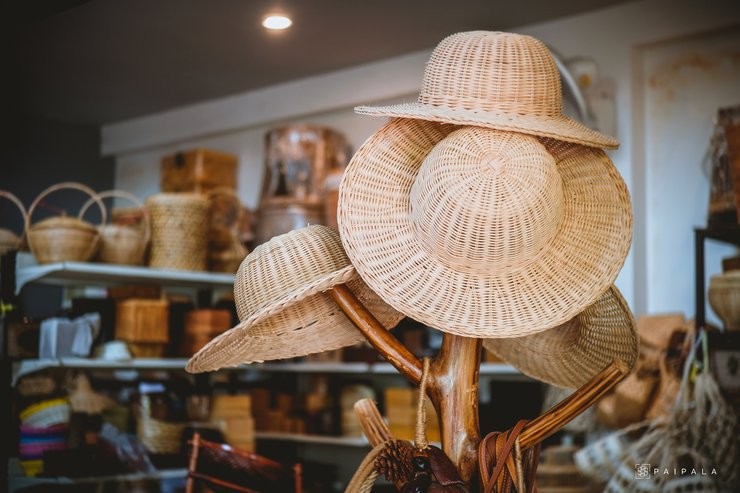
Photo credit: Readme
3. Lacquerware
Lacquer is a vital material in traditional Thai arts. Lacquerware craftsmen work with natural lacquer, typically darkened or mixed with vermilion, to create stunning objects. This school of craftsmanship includes gilded lacquerwork, mother-of-pearl inlay, lacquer painting, and lacquer-and-glass mosaic decoration, among others.

Photo credit: Shutterstock
4. Ceramics
Ceramic craftsmen create art from clay, a tradition dating back thousands of years. Thailand’s most famous ceramics include distinctive styles of pottery and sculpted figures. Ceramic artisans include potters, doll sculptors, and brick-makers, among others.
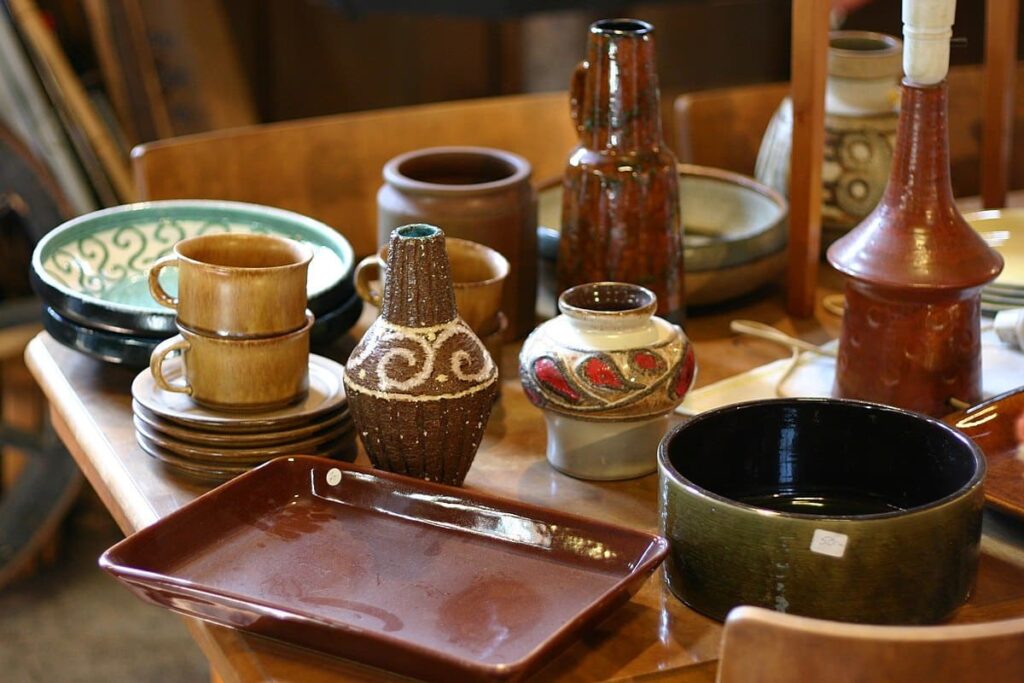
Photo credit: Maytaporn
5. Metalsmithing
Metalwork in Thailand encompasses a wide range of items, from weapons and farming tools to ceremonial regalia and fine jewelry. Metal craftsmen include goldsmiths, silversmiths, brass-smiths, and artisans of nielloware, among others.
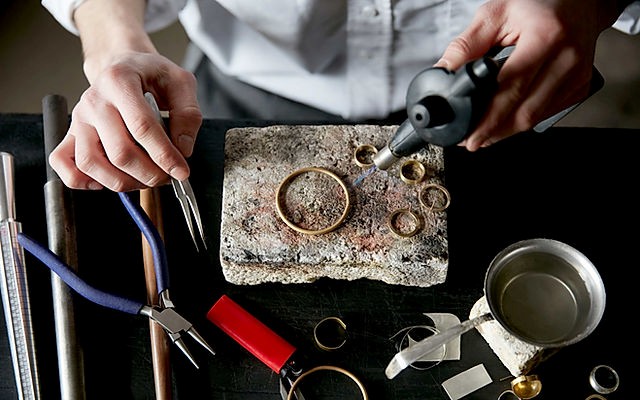
Photo credit: Aczet Thailand
6. Woodwork
Wood is a fundamental material in Thai construction and craft. Thai woodworkers craft everything from furniture and religious sculptures to architectural elements. This category includes carpenters, Buddha image carvers, weapon sheath makers, elephant figurine carvers, and decorative wood sculptors, among others.
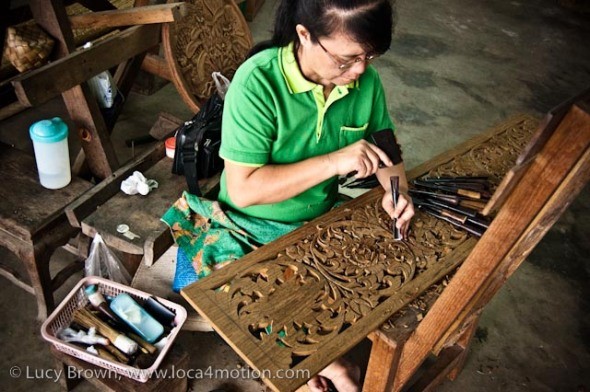
Photo credit: Loca4motion
7. Leatherwork
Leather has traditionally been used in music and performance arts, where intricate carving and fine craftsmanship are essential. Thai leather craftsmen include makers of shadow puppets, traditional drums, and leather armors, among others.

Photo credit: Thaiheritage
8. Accessories
Accessory craftsmen specialize in decorative personal items. This includes jewelry, royal regalia, beadwork, and gemstone cutting, among others. Traditional Thai accessories are prized for their meticulous craftsmanship and elegant designs.

Photo credit: Bubpha
9. Khrueng Sod (Fresh Crafts)
Khrueng sod (เครื่องสด) refers to crafts made from fresh, perishable materials. Craftsmen in this category include, among others, florists, fruit and vegetable carvers, and banana leaf artisans who fold and shape leaves into intricate designs for ceremonial and decorative use.

Photo credit: Blogspot
10. Other Crafts
Beyond these categories, Thailand’s craftsmanship also includes specialized fields such as candle carving, paper art, puppet-making, and mask-making, among others. Each of these crafts continues to contribute to the richness and diversity of Thai cultural heritage.
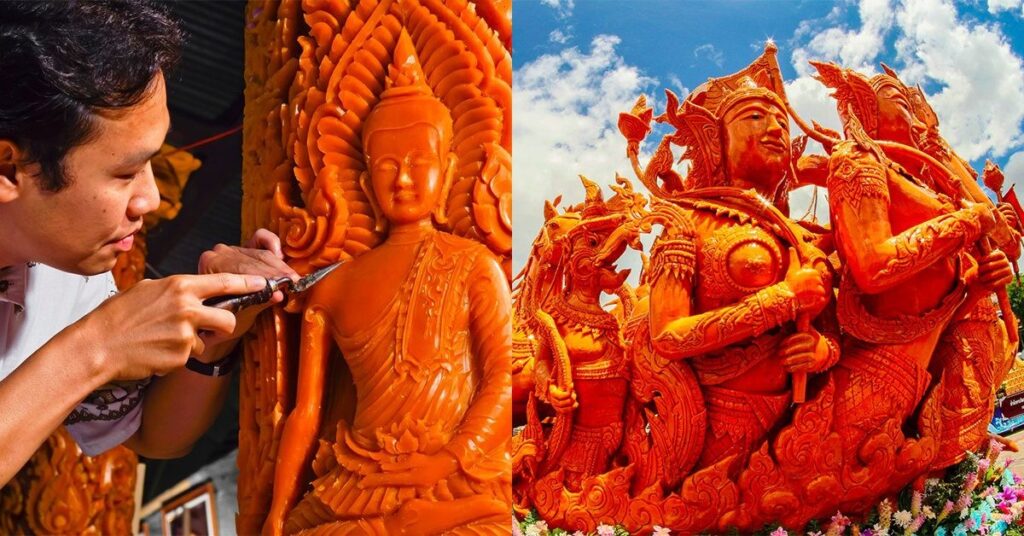
Photo credit: Mashable SEA
Conclusion
Thai craftsmanship stands as a testament to the enduring spirit, creativity, and finesse of the Thai people. Nurtured by a deep reverence for nature and refined through countless generations, it has evolved into an art form where beauty and function coexist harmoniously. Despite the pressures of modernization and mass production, Thai craftsmen have continued to uphold their traditions while embracing new innovations, ensuring that their heritage remains vibrant and relevant in the modern world. Whether through intricate textiles, elegant lacquerware, masterful metalwork, or delicate fresh crafts, the essence of la-iad orn (detailed finesse and gentle grace) continues to shine through. As Thailand moves forward, the legacy of its craftsmanship remains not only a link to its rich past but also a source of pride, creativity, and inspiration for generations to come.

Photo credit: Designboom
What to Explore!
In the “Craftsmanship” hub, you will get to explore different schools of Thai craftsmanship. In each, you will learn about the different crafts of the Thai people as well as the essential spirit of Thai craftsmanship. You will also encounter stories of craftsmen and craft communities across Thailand. In the end, you might find that the beauty of Thai craftworks lies not only in the objects, but also in the hearts that produce them.
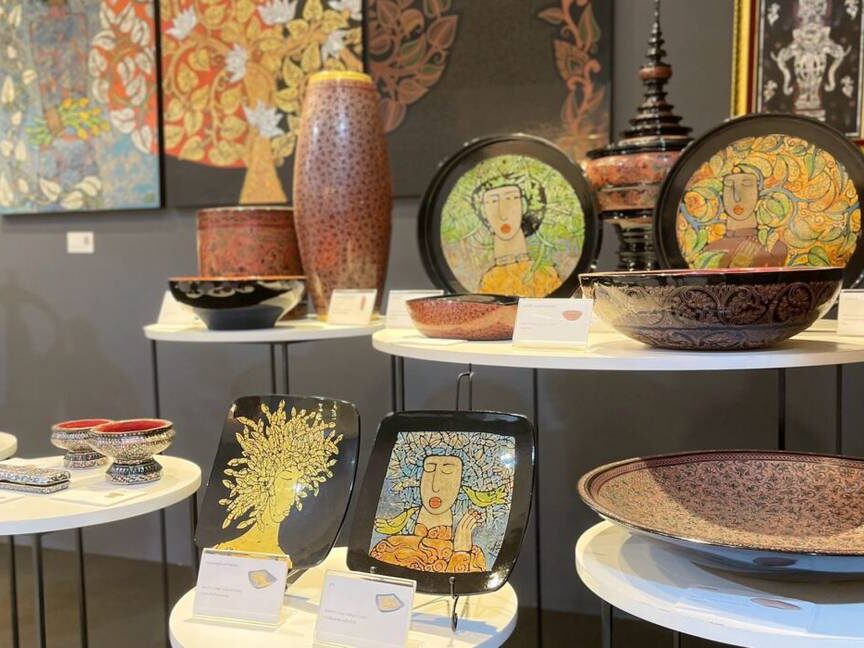
Photo credit: Line Today
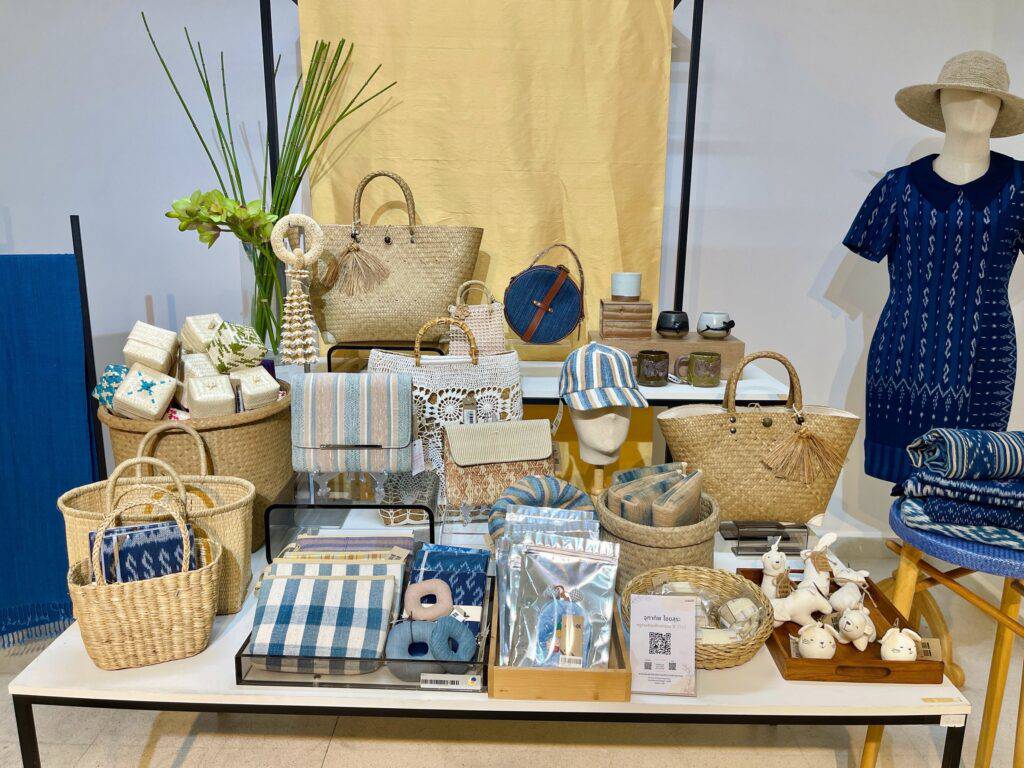
Photo credit: Line Today
The story of Thai craftsmanship is an enduring aspect of Thai culture and heritage. Thai craftworks reflect the detailed and gentle hearts of the Thai people. Its continued presence shows the steadfastness and commitment of craftsmen to preserving and building upon their predecessors’ artform. Join us in exploring more stories of Thailand and the Thai people, as we take you on a journey to discover Thainess.
Sources

